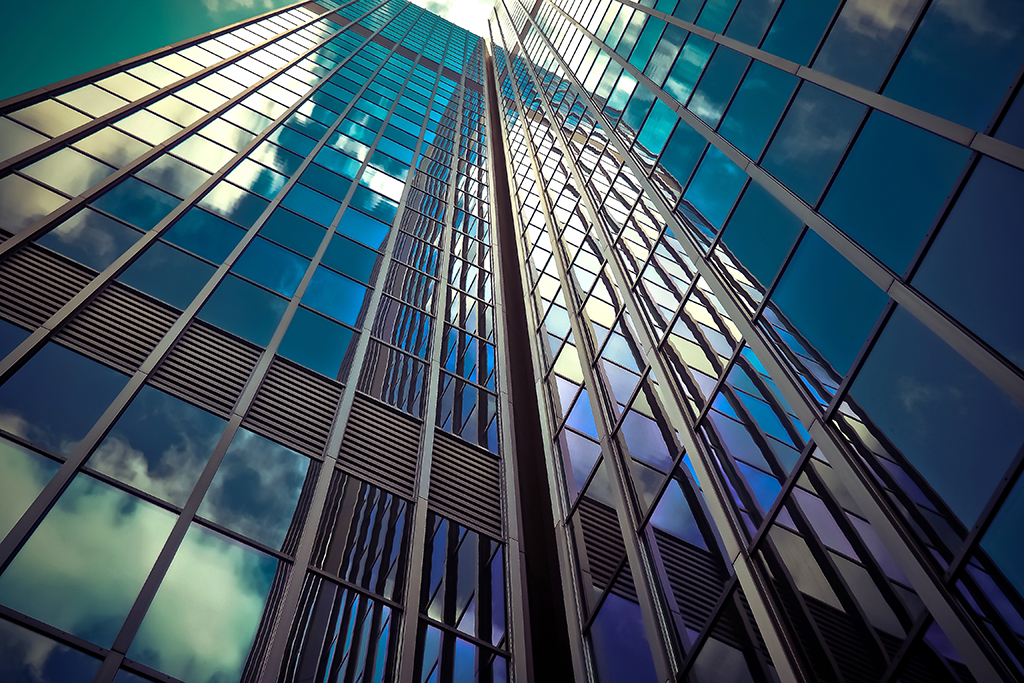International Gateway Cities Enjoy Worldwide Resurgence of Office Investment in 2019

According to commercial real estate advisor CBRE, global commercial real estate investment volume increased from Q1 2019 across all regions but overall fell by 7.5% year-over-year in Q2 2019, including entity-level deals. Only the Americas region reported year-over-year growth (0.7%). Activity was down from last year by 17% in EMEA and 14% in APAC.
Global investment volume totaled $428 billion in H1 2019, down by 10.6% from H1 2018. Nevertheless, with some slight improvement in the U.S. economy and central banks cutting interest rates, prospects for the second half of the year are good.
Global Commercial Real Estate Investment Highlights for Q2:
- Global commercial real estate (CRE) investment, including entity-level deals, totaled $231 billion in Q2 2019, up by 17% from the previous quarter but down by 7.5% from Q2 2018.
- The Americas, EMEA and APAC markets all reported a rebound in investment from Q1 but a drop in H1 activity from the same period last year, in part due to fewer ultra-large transactions and a lack of quality assets for sale.
- Strong leasing activity underpinned renewed investor demand for office assets.
- Despite the increase in office transactions, industrial and hotel sector activity leveled off. The multifamily sector was the most active in the U.S.
CBRE’s Global Chief Economist, Richard Barkham tells The World Property Journal, “The Americas, EMEA and APAC markets all reported a rebound in commercial real estate investment from the first quarter but a drop in H1 activity from the same period last year, in part due to fewer ultra-large transactions and a lack of quality assets for sale. With some slight improvement in the U.S. economy and central banks cutting interest rates, prospects for the remainder of the year are good. A continued buoyant U.S. market, coupled with restored fiscal expansion and monetary easing around the world, potentially supports a stronger second half of global investment activity.”
Resurgent office investment in gateway markets has driven the Q2 rebound. Berlin, Tokyo, Boston and San Francisco all had more than 50% year-over-year growth in the value of transactions. While most property sectors had fewer large-ticket transactions, deals exceeding $100 million dominated the office sector. This likely is because occupier demand for high-quality office space remains high due to healthy employment growth. With the global economy in the 11th year of what is officially the longest cycle on record, investors want stable trophy assets to secure cash flows and for potential downturn protection.
The Americas was the only global region with year-over-year investment volume growth (+0.7% to $128 billion) in Q2. Americas’ transaction volume totaled $235 billion in H1, down 5% from H1 2018. The U.S. accounted for 53% of global CRE investment year-to-date with high growth in multifamily and office investments, which made up 67% of total U.S. transactions in Q2.
Entity-level transactions cooled, particularly in the industrial and retail sectors due to weaker economic sentiment. The year-over-year growth of U.S. transactions was 3.4% including entity-level transactions and 7.7% excluding entity-level transactions.
As hedging costs trended down for U.S.-dollar-denominated assets, there was an uptick of cross-border investment in the U.S., driven by investors from Canada, Israel, Germany and U.A.E. Mexico and Brazil also benefited from cross-border interest from U.S. and French investors.
EMEA investment volume totaling $74 billion in Q2 fell by 17% year-over-year. Investment volume fell heavily in the U.K. (-50%), Netherlands (-35%) and Germany (-36%) but increased in the smaller markets of Italy, Poland and Belgium. In the first half of the year, EMEA investment volume totaled $136 billion, down by 19% from H1 2018. Approximately 65% of EMEA’s reduced volume was in the U.K. and Germany. France maintained the same investment volume as in H1 2018.
Investment activity is improving in parts of Europe, notably in the office and residential sectors. However, the lack of quality product on the market is a constraint and uncertainty over the EU’s rent control policies remains, which may dampen investor interest in the residential sector.
Investment volume in APAC totaled $29 billion in Q2, down 14% year-over-year. The region’s H1 total of $57 billion was down by 10.5% from H1 2018. Despite this slowdown, Japan (+79%), Singapore (+73%) and South Korea (+11%) accounted for half of the region’s Q2 investment volume. Hong Kong (-64%), Mainland China (-33%) and Australia (-23%) had significant declines in investment volume as slower economic growth and uncertainty lingered. The office sector in these markets was the most negatively affected.
Asia has become more popular among Americas and EMEA investors. In H1 2018, only 7.5% of Asia’s total investment sourced cross-regional capital. In H1 2019, cross-regional capital inflows reached 11%. CRE investment by Westerners in China and Singapore grew by 329% and 71%, respectively, in H1 2019 vs. H1 2018, exceeding $3.7 billion. Currency weakness in China was one of the major drivers of Asia’s increase in foreign investment.
CBRE’s outlook for 2019 global CRE investment is for a single-digit percentage point drop from 2018’s record. Compared with the same period last year, H1 2019 volume was down by 10.6%. A continued buoyant U.S. market, coupled with restored fiscal expansion and monetary easing around the world, potentially supports a stronger second half of investment activity. However, the negative sentiment around a potential “hard Brexit” and extended trade disputes are a marked constraint.
Wait! Don’t miss out on the latest insights
Sign up for Saschse Construction’s
e-newsletter below!
Featured Topics

